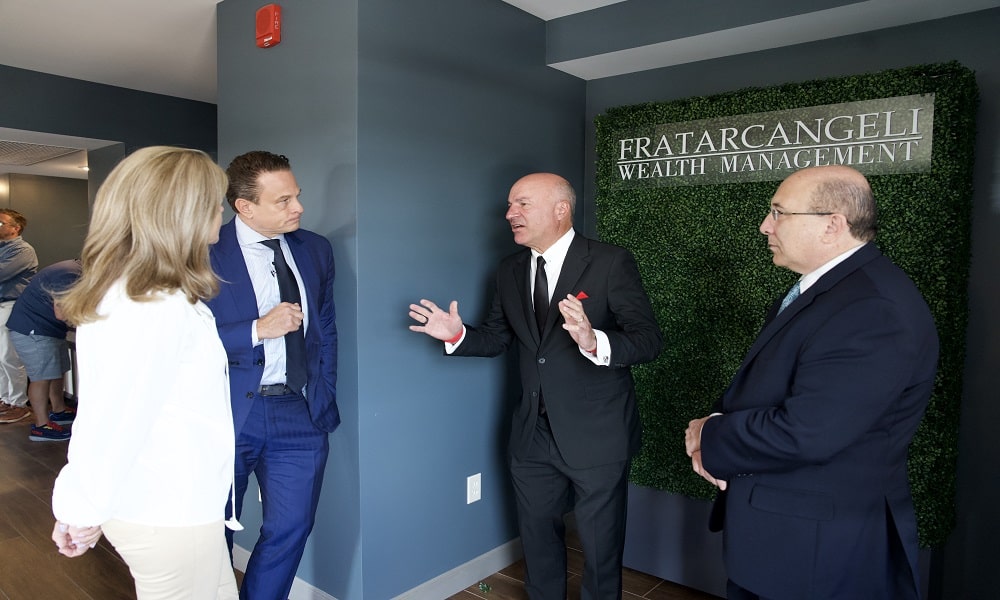As we enter the final quarter of 2025, high-net-worth individuals face a familiar challenge: how to optimize wealth in an unpredictable economic environment. Between shifting tax laws, interest rate uncertainty and a looming midterm election in 2026, year-end planning demands a disciplined, forward-looking approach.
Jeffrey Fratarcangeli, CEO and founder of Fratarcangeli Wealth Management, oversees $4 billion in assets across 700+ households and businesses. He emphasizes that the final months of the year are not a time for last-minute scrambles, but for deliberate, methodical action.
“If you wait until January 1, it is too late,” Fratarcangeli says. “Deadlines cannot be reversed. The work must be done before the year closes, and now is the time to start.”
Tax Planning Comes First
Tax considerations remain central for wealthy individuals and businesses. Gains realized throughout the year, whether from investments or business transactions, can lead to heavy liabilities if not managed properly.
“One of the first things we look at is how to offset gains with losses,” Fratarcangeli explains. “Beyond that, we evaluate what can be anticipated in the year ahead so our clients are positioned properly going into January.”
Charitable giving also plays a role. Donor-advised funds allow philanthropically minded clients to secure deductions now while directing contributions later. Businesses, meanwhile, are acting on incentives such as 100% depreciation on capital expenditures, which was signed into law earlier this year.
“Companies are moving up spending on machinery, technology and inventory,” Fratarcangeli says. “That reduces this year’s tax bill and lowers quarterly payments in the year ahead. For some clients, it can mean a 30 to 40% difference in what they owe.”
Prepare for Volatility, But Stay the Course
Election years typically bring heightened uncertainty, and 2026 will be no exception. Fratarcangeli notes that slim margins in Congress increase the likelihood of political gridlock or volatility that may spill over into markets.
“We know volatility is coming. That is why we focus on having the liquidity to dollar cost average. Whether from income or cash raised, it allows our clients to benefit from market swings.”
The solution, he says, is not overreaction but preparation.
“We are not trying to catch a falling knife or chase a stock that is running up. The key is discipline, both in how we operate and how we guide our clients. That steadfast positioning and long-term consistency will pay off.”
Factor in Interest Rate Shifts
Interest rates remain a key consideration as the Federal Reserve has signaled additional rate reductions in the months ahead. While lower rates can create borrowing opportunities, they also affect how individuals and businesses manage short-term cash.
“Businesses and individuals alike should think about how to protect interest earnings if rates continue to move down,” Fratarcangeli says. “Locking in a three- or six-month Treasury could be a smart way to preserve short-term yields. Unlike money market rates, which adjust downward almost immediately, Treasuries allow you to lock in earnings for the duration of the term.”
These decisions, he adds, should be made before year-end.
“You do not want to miss opportunities by waiting.”
The Bottom Line: Strategic Planning Trumps Reactionary Thinking
Fratarcangeli underscores that the end of the year is about preparation, not reaction.
“We prepare and foreshadow ahead of time. Tax planning, market positioning, liquidity and interest rates are all interconnected. If you are methodical, you will be ready for any opportunities or volatility that lie ahead.”
For more insight from Jeffrey Fratarcangeli, watch his latest market update.



